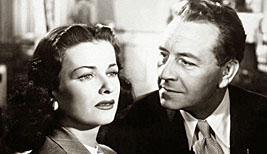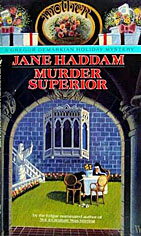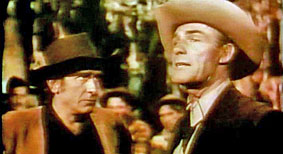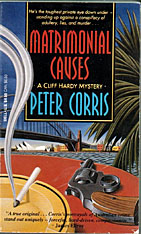Sun 27 Nov 2016
Two Mystery Reviews: EARL DERR BIGGERS – The Black Camel.
Posted by Steve under 1001 Midnights , Reviews[5] Comments
EARL DERR BIGGERS – The Black Camel. Bobbs Merrill, hardcover, 1929. Grosset & Dunlap, hardcover reprint; Photoplay edition. Paperback reprints include: Pocket #133, 1941; Paperback Library 52-312, 1964; Pyramid T-1947, 1969; Bantam N6315, 1975; Mysterious Press, 1987; Academy Chicago Publishers, 2009. Film: 20th Century Fox, 1931 (Warner Oland); remade as Charlie Chan in Rio, 1941 (Sidney Toler).
William F. Deeck
“Death is the black camel that kneels unbid at every gate.” Charlie Chan quotes this Eastern saying when Shelah Fane, silent-movie star, is stabbed to death in Honolulu. A famous but fading actress, Fane is in Hawaii to finish off the final shots of a South Sea film started in Tahiti. Apparently she also had witnessed a murder of another movie star in Hollywood some three years earlier and was planning at last to reveal the murderer’s identity.
Chan has his work cut out for him in this investigation, particularly when the most likely suspect, a fortune teller, has an unbreakable alibi. Not a fair-play mystery, but Chan is always entertaining and interesting.
by Marcia Muller
Although Inspector Charlie Chan of the Honolulu Police Department is a household name throughout the world, he appears in only six novels. The great number of films, radio plays, and comic strips inspired by Chan are proof of the compelling quality of Earl Derr Biggers’s creation. However, these offshoots do not do credit to Chan’s character. In them, he becomes a stereotypical Chinese, mouthing ridiculous platitudes and doing more than his fair share of bowing and scraping.
To anyone familiar with Chan only from the Thirties’ and Forties’ B-movies, Biggers’ novels will come as a refreshing surprise. In them, Chan is portrayed as an amiable, wise man, given to philosophic contemplation. He is an individual in whom the characteristics of the East and the West are delicately blended, and often Biggers uses this cultural mix in his plotting, allowing his detective to discern clues that either an Occidental or Oriental investigator would not.
Chan’s character is one of considerable depth — a welcome period departure from sinister Orientals such as Sax Rohmer’s Dr. Fu Manchu. Unfortunately, Biggers’ secondary characters tend to be less interesting, especially his melodramatic and overly romantic young men and women.
A sense of place is another aspect of fiction at which Biggers excelled. The Black Camel is set in the Honolulu of the Twenties — a city much different from the one we know today. Waikiki is a quiet beach community where trade winds “mumble at the curtains,” a place where flowers bloom unmolested, and the trip into the city itself is a long journey by streetcar.
When movie queen Shelah Fane rents a house on the beach, she expects a restful sojourn, but complications in the form of an ardent shipboard suitor, a disturbing session with her trusted fortune-teller, and fear of a secret in her past arise to disrupt it. When Shelah is found murdered, Chan is called in.
The star has left a letter for the fortune-teller, which could perhaps provide the vital key, but before Chan can read it, the lights in the house go out and it is snatched from him. Without this clue, the detective must sort through the conflicting stories of the murdered woman’s suitor, secretary, co-star, fortune-teller, tourist guide, butler, and a beachcomber — all of whom seem to have had ulterior motives where the film star was concerned.
An entertaining novel, with suspects galore, and a surprise ending.
———
Reprinted with permission from 1001 Midnights, edited by Bill Pronzini & Marcia Muller and published by The Battered Silicon Dispatch Box, 2007. Copyright © 1986, 2007 by the Pronzini-Muller Family Trust.



